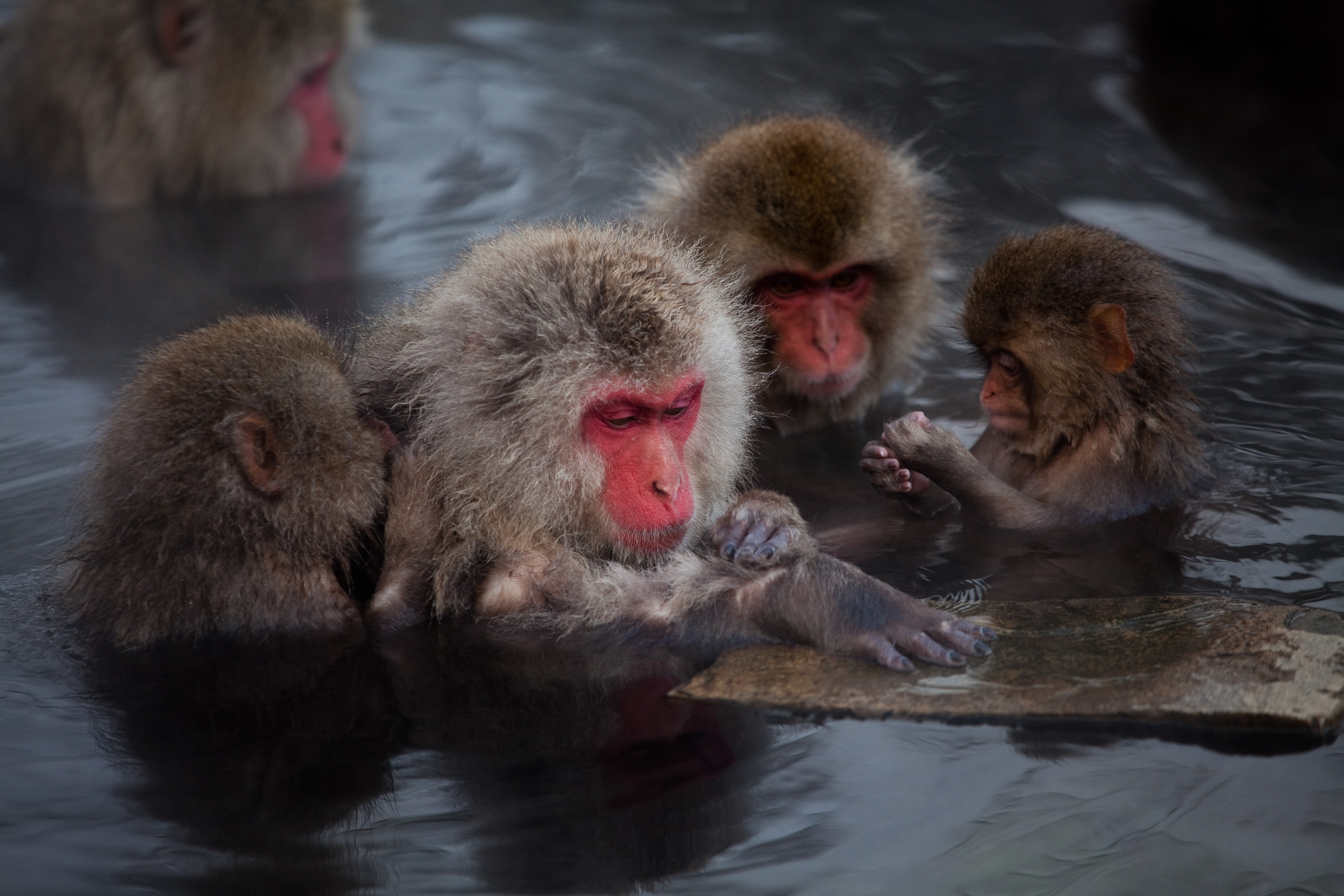Part 1: The Acheulean Sleep

After breaking the deadlocked game Roy confronts the reclusive Eldon Tyrell and demands to know why he was designed with such a short shelf-life. Tyrell, however, is unapologetic; ‘The light that burns twice as bright burns half as long’ he explains ‘And you have burned so very, very brightly Roy’.
Roy wasn’t particularly satisfied with the response but Tyrell’s truism reveals something we often overlook about our own species – which is that intelligence comes at a cost. Compared to other creatures the human brain is a very expensive machine. Nearly a quarter of the food we consume goes toward powering the storm of chemical and electrical activity that rages across the cerebral cortex. Moreover the real estate required to accomodate all that grey matter becomes a liability when it comes to childbirth. Humans are one of the few primates that suffer from what’s known as ‘cephalopelvic disproportion’ which is greek/latin shorthand for the conditions that arise when the head of a foetus grows larger than its mother’s birth canal. In effect humans are still in the midst of an evolutionary contest between the need for a pelvis that allows us to walk upright and the apparent need for a brain that can do Sudoku.
No one’s exactly sure why humans evolved such a dangerous and metabolically expensive organ. To approach the question we have to overcome the tendency to assume that intelligence is somehow naturally favoured by evolution. It’s easy to look at our current dominance as a species and assume that intelligence must always offer some advantage but the fossil record tells a different story. Life on earth has existed, in one form or another, for several billion years, but as far as we can tell, brains like ours are a somewhat recent development. Many species that exist now have remained almost unchanged for millions of years but these ‘living fossils’ like crocodiles, sharks and lungfish are not animals that we think of as particularly bright.
To work out why intelligence evolved to such an extent in humans most researchers look at other primates – mainly bonobos, chimps and macaques. Based on observations of our furrier cousins several theories of cognitive evolution have been proposed but the consensus seems to be that social interaction has driven brain development. Complex relationships demand complex behaviours and the more connections we make between one another the more connections we need in our brains. The anthropologist Robin Dunbar even put a number to it.
Dunbar measured the number and strength of the relationships between members of chimpanzee troupes by noting the time they spent picking lice out of each other’s fur. In doing so he found a clear correlation between a species’ average group size and the brain size of the individual members. Using this calculation Dunbar determined that humans can maintain cohesive relationships with roughly 150 other people. So while the average person has 300 facebook friends they’re probably only capable of nit-picking about half of them.
These cooperative behaviours may, in turn, have influenced our evolution. Over time traits that benefited the survival of the troupe may have prevailed despite individual member suffering from neurosis and obstructed births. Our ancestor’s capacity for language, long term planning and the ability to teach and be taught seem to have ensured our survival despite our bodies remaining spongy, fragile and hairless.
Later on it’s thought that a sort of snowballing effect occurred as we acquired technology. Stone tools, clothing and the ability to start fires helped our ancestors meet their basic needs. Clearing those hurdles meant hominids began competing more and more with one another. But even that explanation raises further questions because technological progress has not occurred in any sort of linear fashion. The first readily identifiable stone tools – the classic teardrop-shaped hand axes we associate with cavemen – were discovered in the mid 19th century by archeologists on a dig near Saint-Acheul in Northern France. They represent some of the earliest examples of human technology and, in the last century and a half, archeologists and fossickers have unearthed thousands of them at sites all over the world.
We’ve found so many of these axes that museums are no longer interested in collecting them. Instead they’re sold as ornaments or, perhaps, as a kitchen implements if you’re particularly committed to your paleo diet. These hand-axes owe their ubiquity to an incredibly long production run. Early man seemed satisfied with their design for some one and a half million years – a period anthropologist Arthur J. Jelinek referred to as one of ’mind-numbing technological stability’. When our ancestors finally woke up from their long Acheulean sleep they quickly devised a whole suite of specialised tools. Chisels, harpoons and axes with wooden handles show up in the archeological record around 100 thousand years ago accompanied by bone needles, pottery and woodwind instruments. Once our species discovered the formula for making metal we went from bronze knives to plastic cutlery in only a few millennia. Archeologists call this ‘the great leap forward’ but no one is certain what prompted it.
While all this research seems to provide a neat explanation for human intelligence our preoccupation with primates may have prevented us from considering other possibilities.
In the second part of this series on cognitive evolution we venture into the shallows to look at another sort of mind entirely – one that defies many of our assumptions about what drives the evolution of intelligence.
Notes:
American Journal of Obstetrics & Gynaecology – Evolution of the human pelvis and obstructed labor
American Scientist – Refuting a Myth About Human Origins
Scientific American – The Emergence of Intelligence
Seeker – Comparison of Primate Brains Reveals Why Humans are Unique




Leave a Reply